Workshop on Accessibility for Emerging Technologies
International Telecommunication Union

Session 147
ICTs have been contributing to improving the everyday life of persons with disabilities and persons with specific needs. Assistive technologies (AT) are good examples. These technologies maintain or improve functional capabilities of individuals with disabilities by enabling people to perform tasks that they were formerly unable to accomplish or had great difficulty accomplishing (ITU-T F.791).
In the era of rapid evolution of ICTs, new technologies are often featured as the hot topics of high-level discussions. Research and development on new technologies, such as IoT, AI, and other emerging technologies, are highly prioritized and are rapidly entering the market. Unfortunately, accessibility considerations and features may not always be highlighted or even included. This may be because there is a lack of knowledge about accessibility features required for these new services and technologies. Some governmental policies and regulatory frameworks may not cover the inclusions of some accessibility features for new technologies yet. Another possible reason may be a misperception of the market demand. Some may think accessibility features would not be a determining factor for the mass market. This is often not the case, taking captioning on television as an example. If accessibility is not taken into consideration in the beginning, a new technology may not be useable by a large number of consumers, including persons with disabilities and persons with specific needs.
In the spirit of UN Convention on the Rights of Persons with Disabilities (CRPD), appropriate measures should be taken to ensure persons with disabilities to access, on equal basis with others, to information and communications, including ICTs (UNCRPD Article 9). One way to implement accessibility features in ICTs is to recognize and deploy Universal Design. Universal Design means to make usable by as many people as possible from the beginning. If this is not done from the beginning, it can be more costly to retro fit or rectify these omissions later.
This workshop session will highlight accessibility by design for emerging technologies. Leading players in this area will show accessibility features and various solutions that can be taken into consideration for new technologies. The session will also discuss possible future steps, and possibly identify high priority areas for future work and discussion at ITU. This will include topics for standardization for global promotion in an efficient manner. The workshop session is organized by ITU-T Joint Coordination Activity on Accessibility and Human Factors (JCA-AHF).
Moderator
Mr Masahito Kawamori, ITU-T Q26/16 Rapporteur, and Ms Andrea J. Saks, ITU-T JCA-AHF Chairman
Speakers/Panellists
Ms Sarah Clatterbuck, Director of engineering, Google/YouTube
Mr Ben Tarbell, Manager of Global Connectivity & Access Policy, Facebook
Mr Yong Lee, Strategy Director, SCE Inc. Korea, Korea (Rep. of)
Mr Tom Pay, Group Chief Executive, Royal Society for Blind Children (RSBC), UK
Ms Abeer Shakweer, Advisor the Minister for Social Responsibility and Services, Egypt
Mr Masahito Kawamori, ITU-T Q26/16 Rapporteur; Keio University, Japan
Session's link to WSIS Action Lines
-
 C1. The role of public governance authorities and all stakeholders in the promotion of ICTs for development
C1. The role of public governance authorities and all stakeholders in the promotion of ICTs for development
-
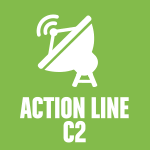 C2. Information and communication infrastructure
C2. Information and communication infrastructure
-
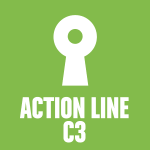 C3. Access to information and knowledge
C3. Access to information and knowledge
-
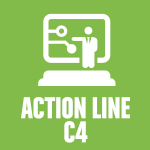 C4. Capacity building
C4. Capacity building
-
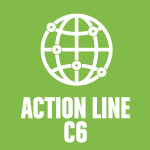 C6. Enabling environment
C6. Enabling environment
-
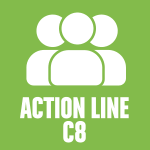 C8. Cultural diversity and identity, linguistic diversity and local content
C8. Cultural diversity and identity, linguistic diversity and local content
-
 C9. Media
C9. Media
Session's link to Sustainable Development Process
-
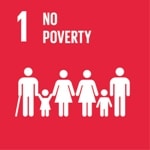 Goal 1: End poverty in all its forms everywhere
Goal 1: End poverty in all its forms everywhere
-
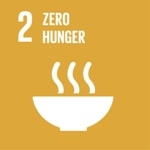 Goal 2: End hunger, achieve food security and improved nutrition and promote sustainable agriculture
Goal 2: End hunger, achieve food security and improved nutrition and promote sustainable agriculture
-
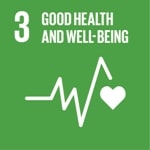 Goal 3: Ensure healthy lives and promote well-being for all
Goal 3: Ensure healthy lives and promote well-being for all
-
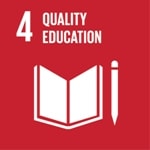 Goal 4: Ensure inclusive and equitable quality education and promote lifelong learning opportunities for all
Goal 4: Ensure inclusive and equitable quality education and promote lifelong learning opportunities for all
-
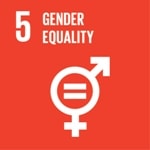 Goal 5: Achieve gender equality and empower all women and girls
Goal 5: Achieve gender equality and empower all women and girls
-
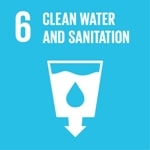 Goal 6: Ensure access to water and sanitation for all
Goal 6: Ensure access to water and sanitation for all
-
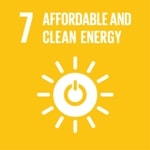 Goal 7: Ensure access to affordable, reliable, sustainable and modern energy for all
Goal 7: Ensure access to affordable, reliable, sustainable and modern energy for all
-
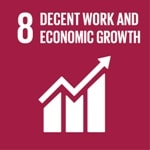 Goal 8: Promote inclusive and sustainable economic growth, employment and decent work for all
Goal 8: Promote inclusive and sustainable economic growth, employment and decent work for all
-
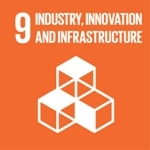 Goal 9: Build resilient infrastructure, promote sustainable industrialization and foster innovation
Goal 9: Build resilient infrastructure, promote sustainable industrialization and foster innovation
-
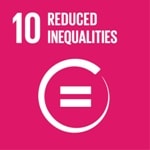 Goal 10: Reduce inequality within and among countries
Goal 10: Reduce inequality within and among countries
-
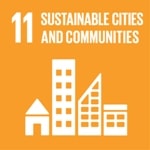 Goal 11: Make cities inclusive, safe, resilient and sustainable
Goal 11: Make cities inclusive, safe, resilient and sustainable
-
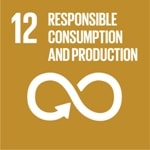 Goal 12: Ensure sustainable consumption and production patterns
Goal 12: Ensure sustainable consumption and production patterns
-
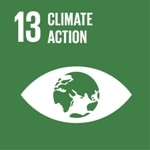 Goal 13: Take urgent action to combat climate change and its impacts
Goal 13: Take urgent action to combat climate change and its impacts
-
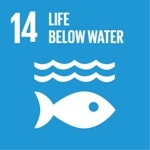 Goal 14: Conserve and sustainably use the oceans, seas and marine resources
Goal 14: Conserve and sustainably use the oceans, seas and marine resources
-
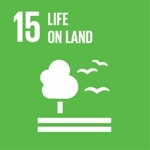 Goal 15: Sustainably manage forests, combat desertification, halt and reverse land degradation, halt biodiversity loss
Goal 15: Sustainably manage forests, combat desertification, halt and reverse land degradation, halt biodiversity loss
-
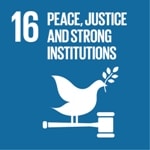 Goal 16: Promote just, peaceful and inclusive societies
Goal 16: Promote just, peaceful and inclusive societies
-
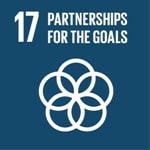 Goal 17: Revitalize the global partnership for sustainable development
Goal 17: Revitalize the global partnership for sustainable development